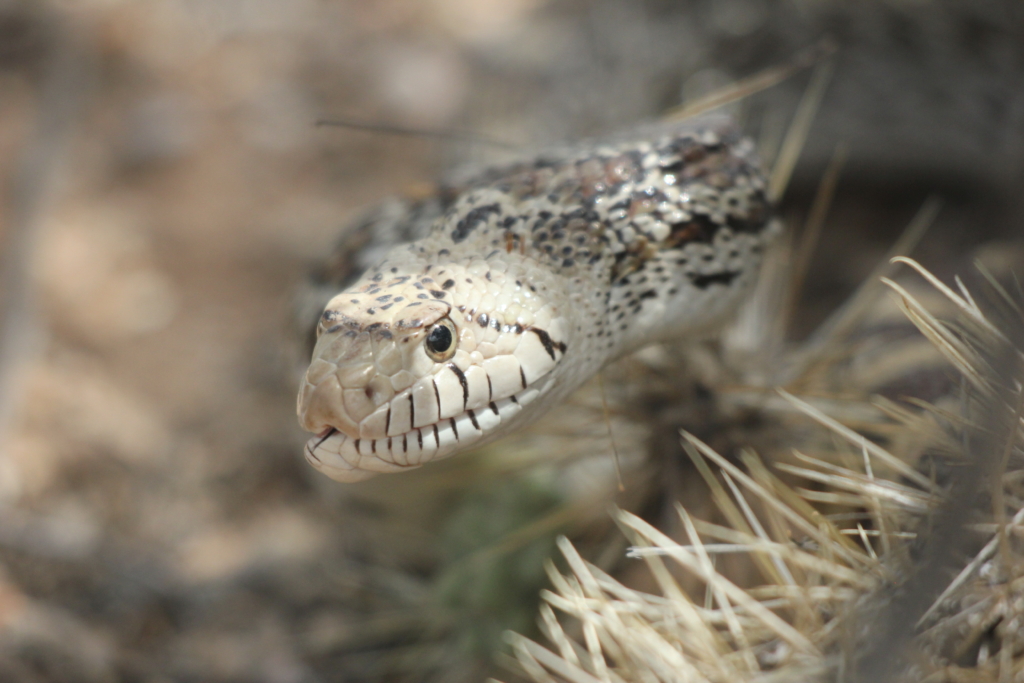
At my undergraduate institution, students studying wildlife conservation were required to take two organismal biology courses. These include classes such as mammalogy (mammals), herpetology (reptiles/amphibians), ornithology (birds), ichthyology (fish), entomology (insects), etc. Covered topics include ecology, evolution, physiology, behavior, conservation, and taxonomy (scientific classification). In my case, there wasn’t a question as to which two I wanted to take: mammalogy and herpetology. Mammals, reptiles, and amphibians have always been my all-time favorites (right after big cats, my favorite animals are frogs!). Thus, after taking mammalogy in the fall of 2018, I took herpetology (ECOL 483) in the spring of 2020.

Native Canyon Treefrog (Hyla arenicolor) 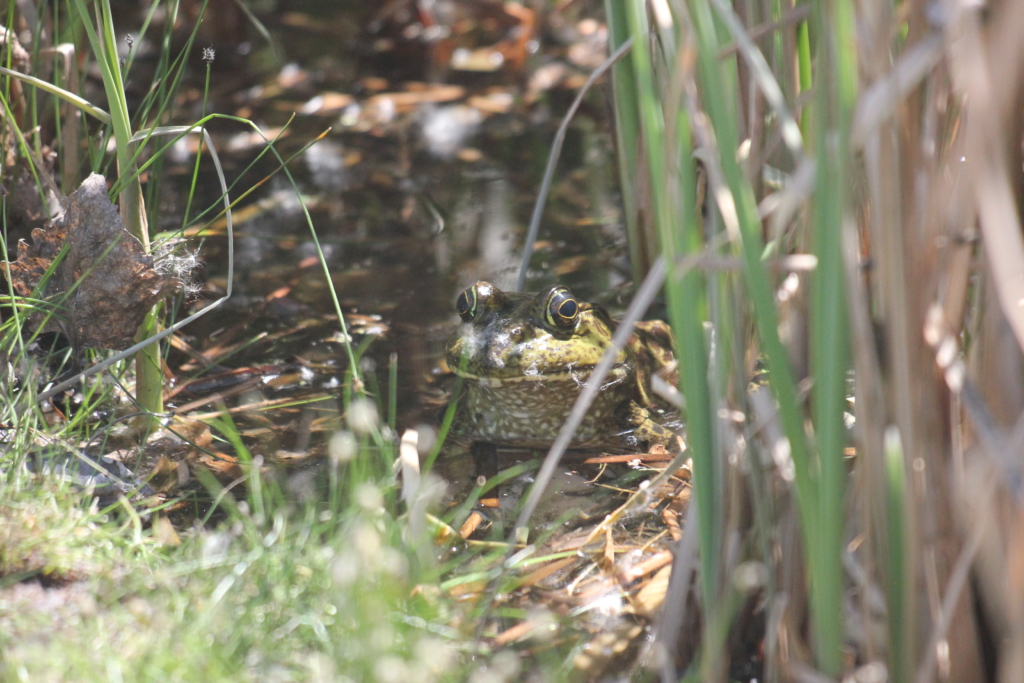
Invasive American Bullfrog (Lithobates catesbeiana)
Sadly because of the coronavirus pandemic, the four planned field trips were canceled. Arizona is completely underrated when it comes to its biological diversity, including herps, so this was unfortunate. However, we still had the opportunity to find and observe different species in the wild through an assigned herp catalogue. Each student had to find 10 reptile or amphibian species, take a photo of the animal and its habitat, and describe date, time, precise location, and habitat. Each species past 10 counted as extra credit. Attached below is my catalogue; I found 19 total, of which 3 were introduced and therefore counted for half a point each. Needless to say I definitely found a new hobby in looking for reptiles and amphibians (herping)! Also, be aware: a few photos in the document are of graphic roadkill.
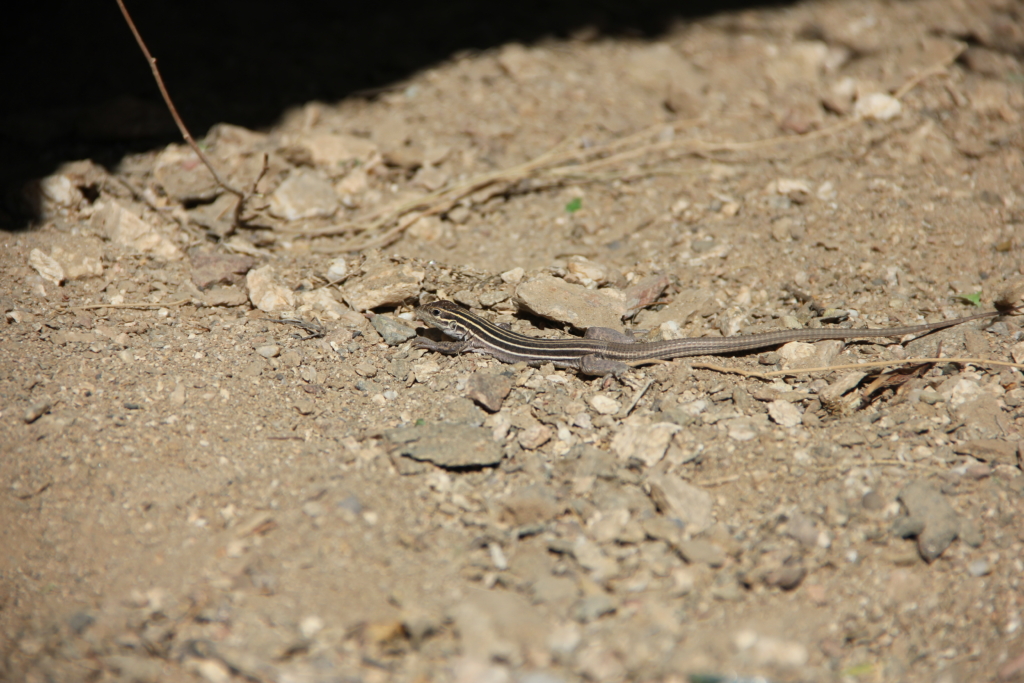
Sonoran Spotted Whiptail (Aspidoscelis sonorae) 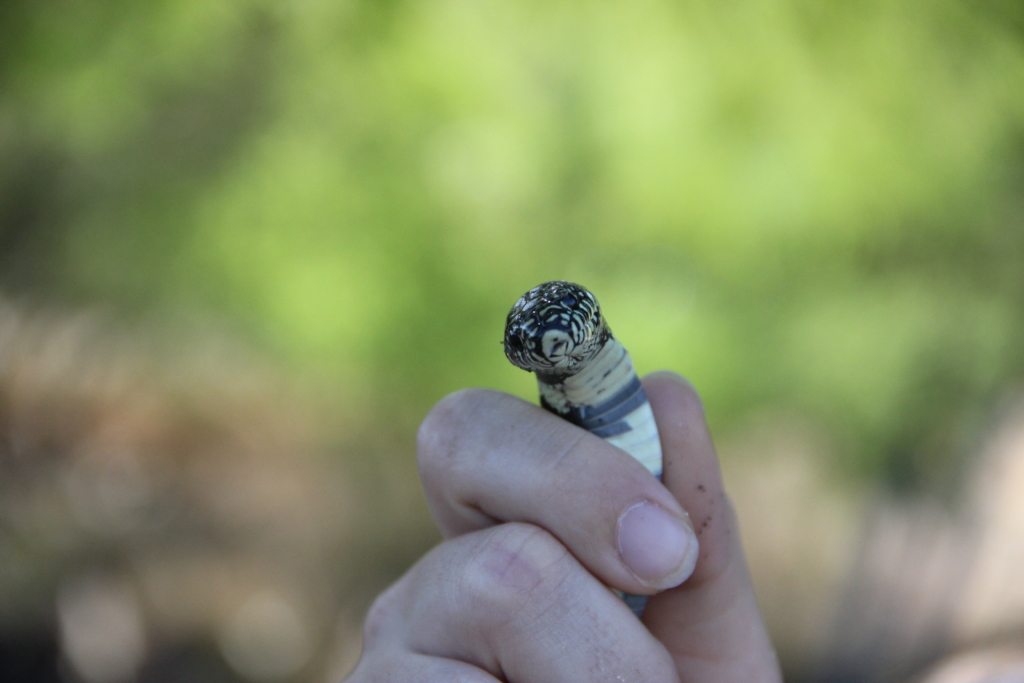
Common Kingsnake (Lampropeltis getula)
Overall, taking this class vastly increased my appreciation for the biodiversity found in Arizona! At the time of this post, there are ~25 native amphibians (+3 introduced) and ~107 native reptiles (+6 introduced) in Arizona (there are ~460 total herps in North America). Just like in mammalogy, students were required to learn the names of all these species, as well as major families found throughout the world. The reason herp diversity is so high in Arizona, particularly in Tucson, is for a number of reasons. 1) Arizona lies at the intersection of several deserts (ex. Sonoran, Chihuahuan, Mojave, etc.), so it has the species from all these different areas. 2) Arizona shares a border with Mexico, which has a tropical climate. Thus, the aforementioned deserts are all classified as subtropical and support a wide variety of species. 3) My favorite: Arizona has the sky islands. Sky islands refer to isolated mountains often containing species not found anywhere else. The climate and species composition at the top are radically different from the lowlands. This is especially true of southeastern Arizona, which shares the Madrean archipelago (“chain of islands”) with northern Mexico. The sky islands have been described as follows: driving to the top, it’s like going from Mexico to Canada in 30 miles!
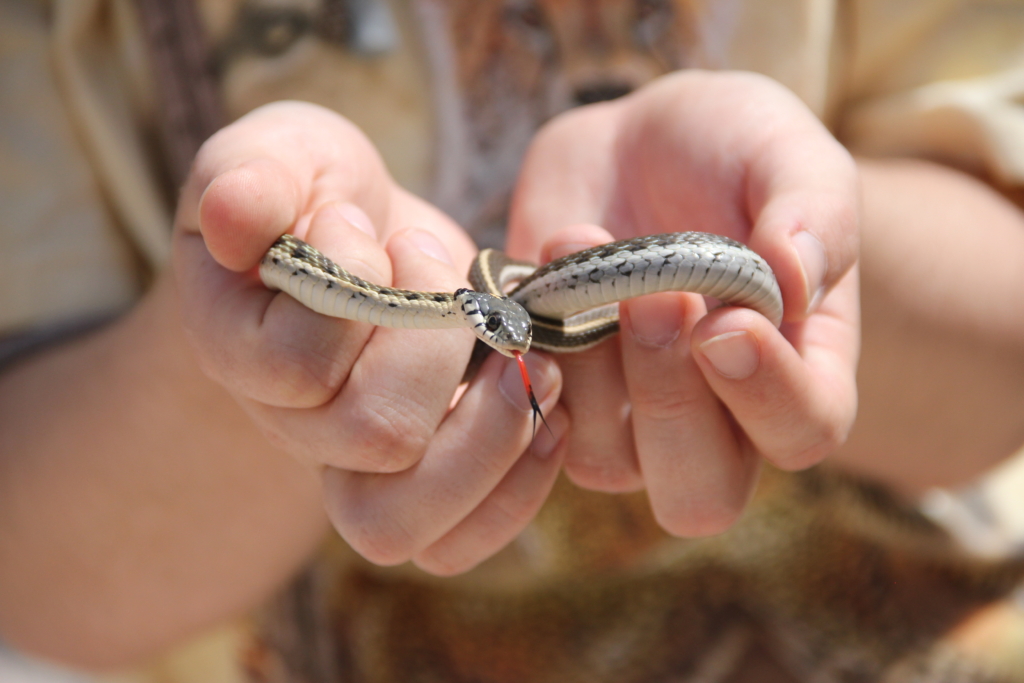
Black-Necked Garter Snake (Thamnophis cyrtopsis) 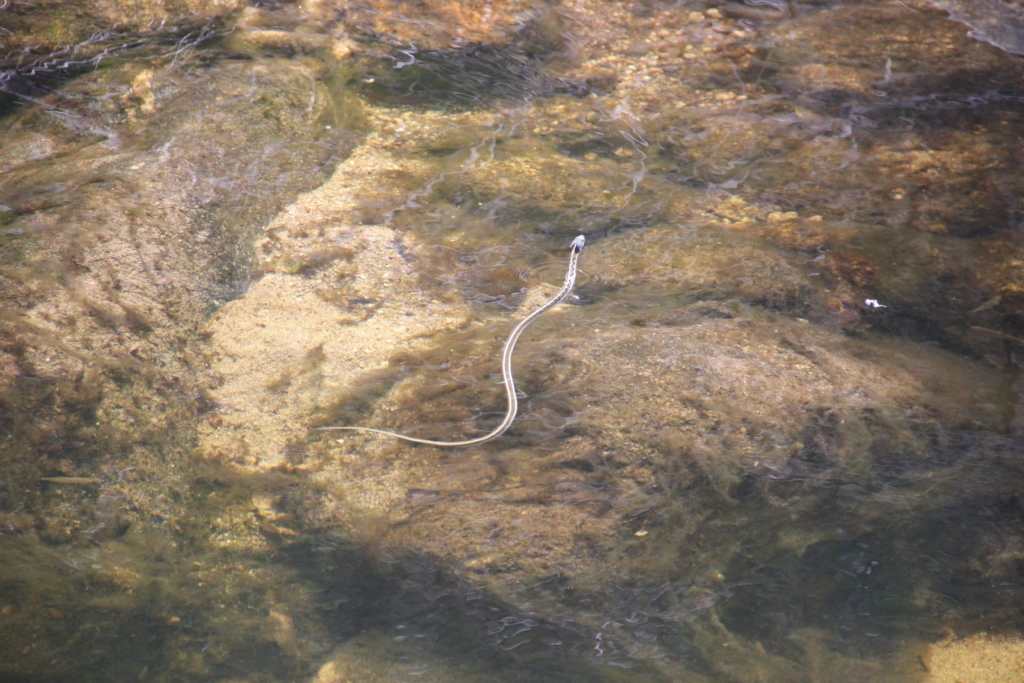
Yes, some snakes swim!
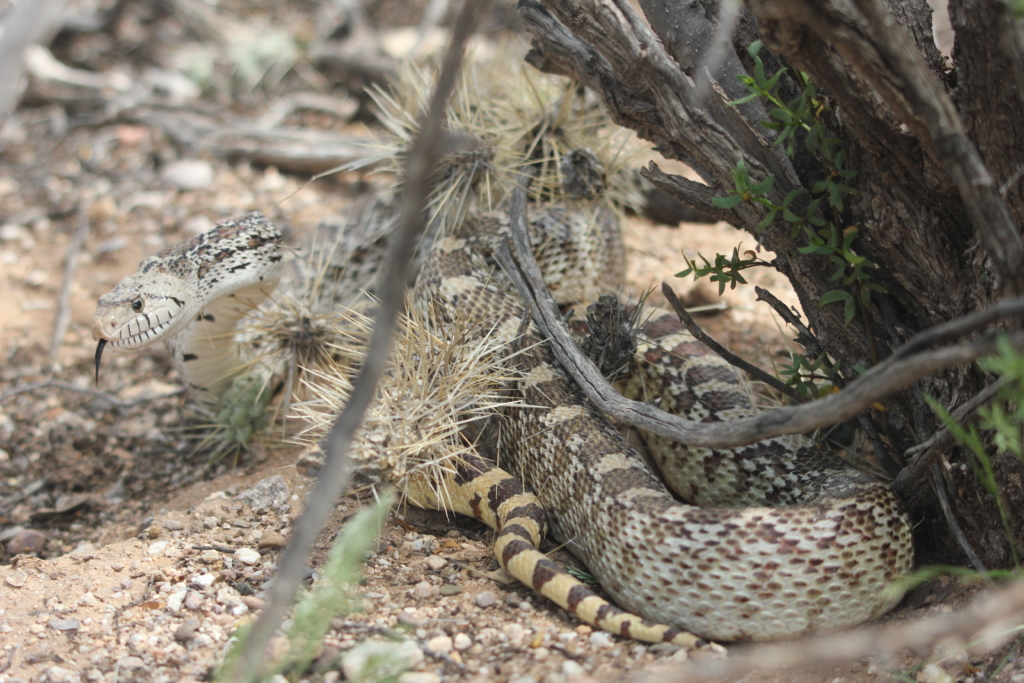
Lastly, we put together a research proposal formatted in accordance with the scientific journal, Herpetologica. Mine is attached below and focused on corridor use of an endangered salamander species.
